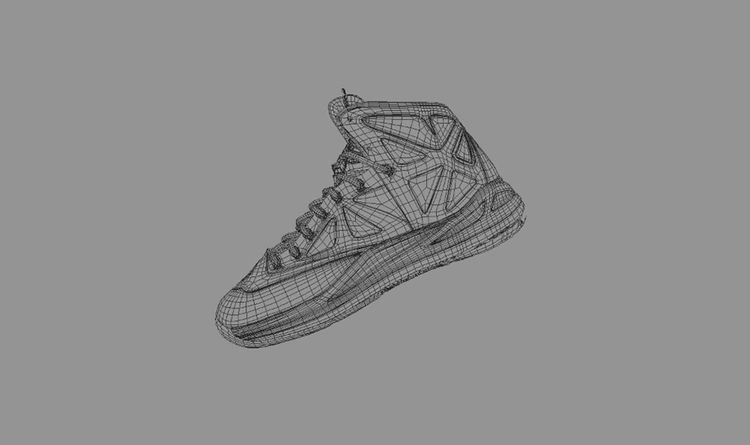Just the other day, I was on eBay looking for a desk lamp when I came across one that caught my attention. On clicking the item, first of all, the image seemed blurry and unclear. Zooming revealed no details and I couldn’t get a good sense of what the product really looked like up close. Looking for the product information, other than a very brief description, the lack of details about the product left a number of my questions unanswered. What was the height of the lamp? Would it fit under the shelf that’s directly over my desk? What kind of bulbs is it compatible with? At that point, I was going to move on. However, the same item was being sold by other sellers. On selecting another seller, I could instantly tell this person had done a better job in capturing the product details and offering answers to my questions. I ended up purchasing the lamp from this seller.
We can’t stress enough how important having access to detailed, consistent and complete product information today in order to stay competitive. It’s important for the consumer to make purchases, important for the retailers and sellers so they don’t lose out on a sale and it’s important to the brand or manufacturer so they don’t lose on a sale to competing brands either. Product digitization or capturing product information in a digital format needs as much attention and investment in the world of omnichannel retail as the physical product since completed sales depend on it.
Investing in collecting and capturing product information, high-quality product images, digitizing labels and product-related attributes need to be a dedicated effort. Then, being able to centralize and syndicate that information through a product content hub or product information aggregator to those who need it is just as critical. Once done right, this complete and accurate digital representation of your physical product can be made available consistently in every place it’s needed whether that is an online store, a website, a mobile app, a label system, a digital shelf, POS system, marketing agency or any other location physical or digital.
Simply being able to deliver business or logistics attributes like price, rate, quantity information may have been sufficient some years ago but today it’s not just the organizations that need to be provided good product data, it’s the consumers! A consumer watching their weight purchasing a block of cheese is going to pass on it if they can’t find the ‘Saturated Fat’ content. Someone looking for a luxury watch will pass if they can’t see the finer details in the image. Someone that is traveling is not going to buy a laptop if they can not be sure there’s a warranty that will be valid when they return home.
Product information today and having an authentic digital representation of your product is undoubtedly a key driver for successful completion of sales both online and offline. The opportunity cost of choosing not to be prepared for this changing consumer landscape could be very high.



